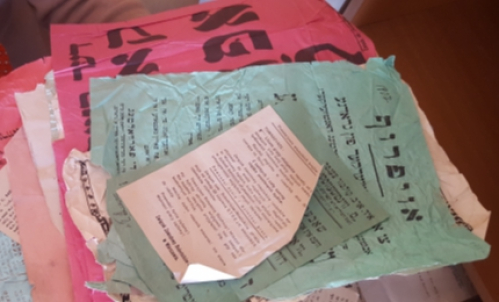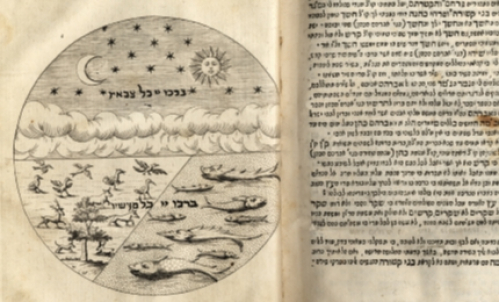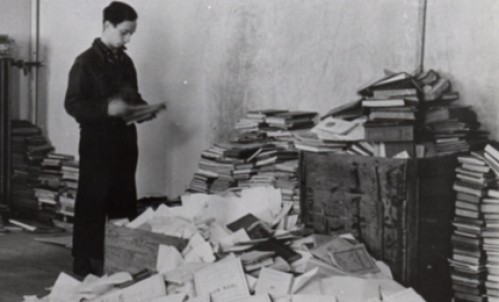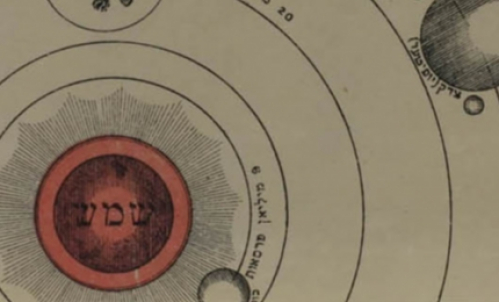Back to the Land
by ROBERTA NEWMAN
Back to the land movements have a long history among Jews. One of the best-known manifestations is the kibbutz, a type of voluntary communal agricultural settlement first created in the early 20th century by young Zionist pioneers who saw farm work and manual labor not only as a way of reestablishing a connection to the Land of Israel, but also as a means of busting stereotypes of Jews as urban and sedentary.
Indeed, the 19th and early 20th centuries saw one scheme after another to reform Jewish economic life to more closely resemble that of other East European ethnic groups, which had a broad peasant base. Laws that forbade Jews from owning land and decrees expelling them from rural areas had resulted in them living mainly in towns and struggling to make a living in trade or crafts (such as tailoring). Non-Jewish and Jewish reformers alike seized on the idea of turning Jews into farmers as a way of making them more “productive” and more like their neighbors.
This periodical—one of the over 1,000 rare Yiddish and Hebrew books digitized so far at the Martynas Mažvydas National Library of Lithuania for the Edward Blank YIVO Vilna Online Collections project—is an artifact of this reformist impulse.
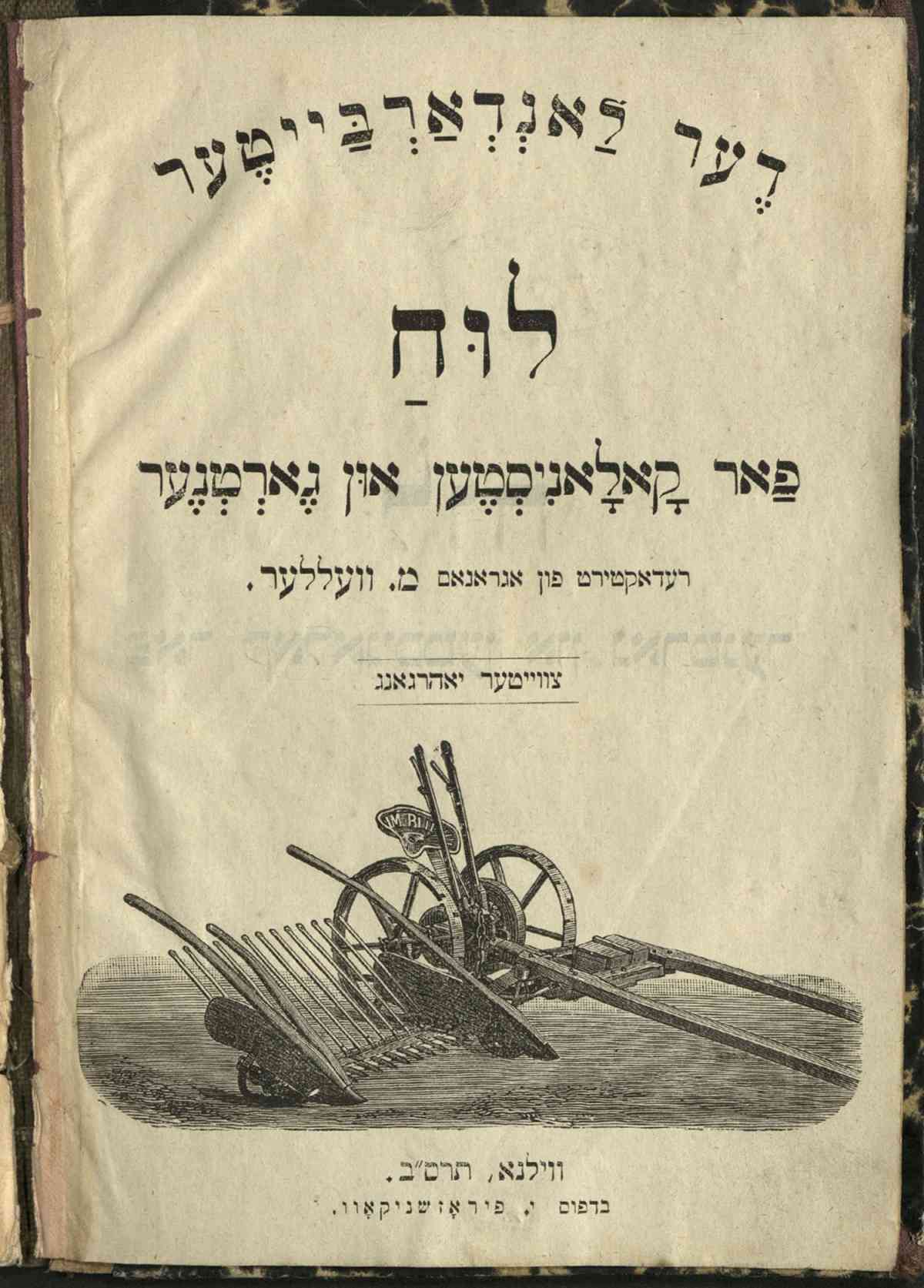
Der Landarbayṭer: Lueḥ far ḳolonisṭen un gerṭner (The farmer: almanac for colonists and gardeners) was published in Vilna in 1902. Like many almanacs, this hefty Russian-Yiddish volume is a bit of a miscellany. It includes not only a calendar of important Jewish and Gentile holidays but also other information that its readers might find helpful, such as instructions on how to send letters and telegraphs – and a list of the members of the Tsar’s family. There are also inspirational poems by noted Yiddish author Shimen Frug.
But at the heart of the almanac are articles about modern farming methodology, with instructions on how to cultivate grains, vegetables, fruit orchards and vineyards, or how to raise dairy cows.
At the end of the volume is a Russian-language list of Jewish farming colonies in the Russian Empire, including Ivanik, the small community near Pinsk into which my maternal grandfather was born in 1900. This mid-19th century project to turn fifteen Jewish families from Łohiszyn and Pinsk into farmers in exchange from exemption from the military draft was bankrolled by a Jewish philanthropist, Wolf Levin.
Der Landarbayṭer was a publication of the Mefitse Haskalah Society (Disseminators of the Enlightenment), an affiliate of the Society for the Promotion of Culture among the Jews of Russia, whose mission was the acculturation of Jews in the Pale of Settlement.
Roberta Newman is YIVO’s Director of Digital Initiatives.
